
31 Dec 1984

Bach: Magnificat - Karajan
Live performance of Johann Sebastian Bach's Magnificat, BWV 243 from Herbert von Karajan's New Year's Eve concert in 1984.
In 2009 Maureen & James Tusty, filmmakers for The Singing Revolution, produced a second film out of Estonia. Seen nationally on U.S. Public Broadcasting, this one hour documentary tells the history of Estonia’s massive Song Festival, and the role music plays in Estonian culture, even today.

Narrator

31 Dec 1984

Live performance of Johann Sebastian Bach's Magnificat, BWV 243 from Herbert von Karajan's New Year's Eve concert in 1984.
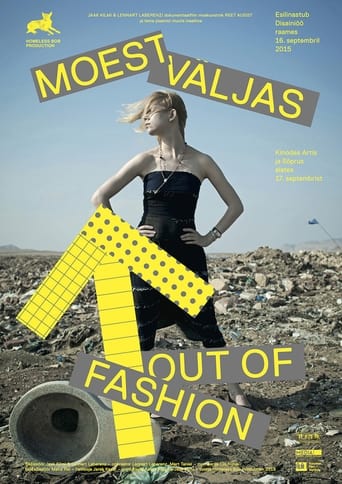
03 Sep 2015

A documentary following an Estonian fashion designer Reet Aus on a global tour to explore the origin process and the environmental footprints of today's fast paced fashion industry. On the road the mission takes an unexpected turn towards trying to introduce her "upcycling" inspired product line to some of the major fashion retailers to increase awareness of the massive resource waste built into the current product lifecycle.
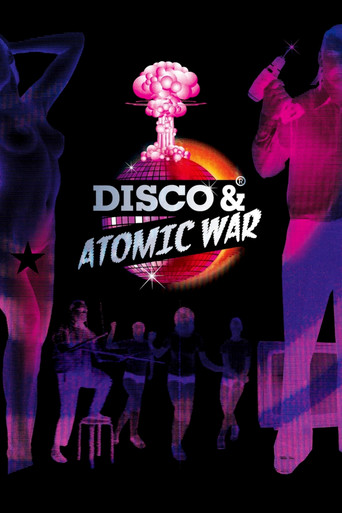
10 Apr 2009

A different history of the Cold War: how Estonians under Soviet tyranny began to feel the breeze of freedom when a group of anonymous dreamers successfully used improbable methods to capture the Finnish television signal, a window into Western popular culture, brave but harmless warriors who helped change the fate of an entire nation.

21 Jan 2025

No overview found
24 Nov 2011
On the shores of the Gulf of Finland, the ancient Finno-Ugric peoples originated a singing tradition of mysterious power called the Regilaul. These songs are the roots of Estonia’s renowned singing culture. Based on the continuous repetition of eight-syllable verses, they produce a haunting sound able to connect the fleeting present with the eternal circle of life. Against the stunning setting of modern Estonia, this film explores how Regi songs still fire the imagination today, weaving together people and nature through song.
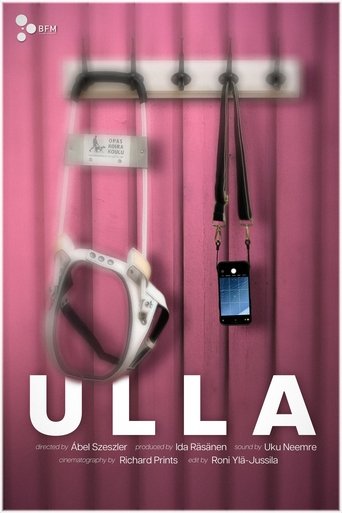
30 Jul 2025

A slice-of-life documentary following Ulla, a blind woman adjusting to life after eye removal surgery. With the help of her guide dog, Laina, she navigates Helsinki while pursuing a prosthetic eye and a deeper understanding of photography.
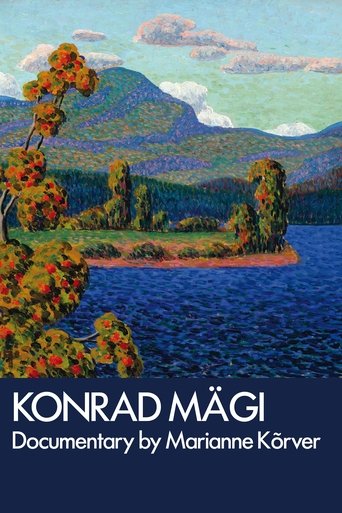
30 Nov 2019

A documentary made for Konrad Mägi exhibition "The Light of the North" in Torino, Musei Reali (2019-2020), about Mägi's life and his legacy.
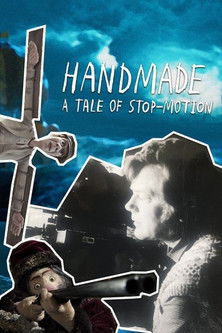
05 May 2023

A documentary about an old animation technique and the film studio that tries to carry on the legacy. The worlds oldest animation studio still making film with stop motion technique is Nukufilm located in Tallinn, Estland. Here we can follow the work in the studio which was founded in the Soviet era and has survived heavy censorship and global competition.
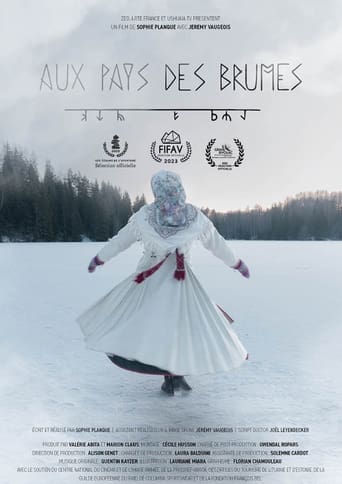
08 Mar 2024

Does Europe also have its own animistic heritage, like Pachamama in South America and Shinto in Japan? If so, which one? In the Misty Lands, i.e. Estonia, Latvia and Lithuania, a sacred fire is lit on the winter solstice to celebrate the return of the sun and ancient beliefs that have been forgotten in the rest of Europe for thousands of years. Sophie Planque and Jérémy Vaugeois decided to take a journey on bicycles to experience the Baltic winter and meet the people who keep their ancestral culture alive. A unique heritage that reinforces a deep relationship with nature.
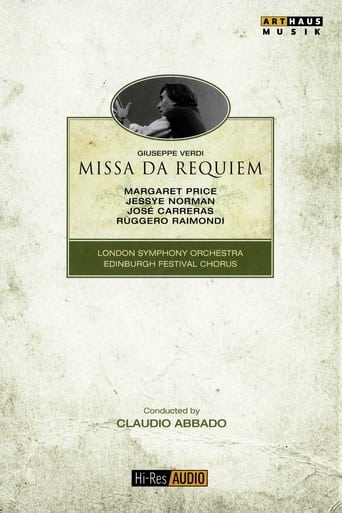
01 Aug 1982

Live performance of Verdi's Missa da Requiem at the Edinburgh Festival in 1982. An all-star quartet of soloists under the baton of Claudio Abbado, recorded in high definition audio.
Honoring the legacy of renowned 17th-century English Baroque composer Henry Purcell, the talented Choir of Clare College performs a selection of his sacred music, including "Te Deum," "Jubilate," "Anthems" and "Funeral Music for Queen Mary." Recorded at the beautiful Jesus College Chapel in Cambridge and directed by Timothy Brown, this live performance features the work of several brilliant soloists.
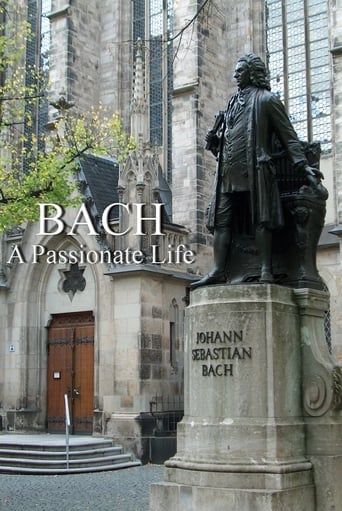
30 Mar 2013

John Eliot Gardiner goes in search of Bach the man and the musician. The famous portrait of Bach portrays a grumpy 62-year-old man in a wig and formal coat, yet his greatest works were composed 20 years earlier in an almost unrivalled blaze of creativity. We reveal a complex and passionate artist; a warm and convivial family man at the same time a rebellious spirit struggling with the hierarchies of state and church who wrote timeless music that is today known world-wide. Gardiner undertakes a 'Bach Tour' of Germany, and sifts the relatively few clues we have - some newly-found. Most of all, he uses the music to reveal the real Bach.

15 May 2024

A story about the relationship between independent Soviet art and the West. It recalls a time when art was larger and more important than life itself. On one side, there are independent Soviet artists who lack not only the output but also the finances to complete their works. On the other side, there is the tempting West whose ambassadors (in the literal sense) take active interest in the Soviet underground art market. Selling one’s works to the West is a tricky business since the almighty KGB stands between the two mutually interested parties. Nevertheless, an incredible quantity of mainly Estonian and Moscovian visual art is sold and taken across the border. This is facilitated mainly by Western diplomats, behind whose coordinated actions stands none other than the CIA.
07 Aug 2021
Unustatud rahvad (1970 - 1989) by Estonian composer Veljo Tormas is based upon six Balto-Finnic peoples traditions. Collegium Musicale choir brought the songs to different sides of Baltic coasts to liven current citizens connections for fleeting past and strengthen their identity.
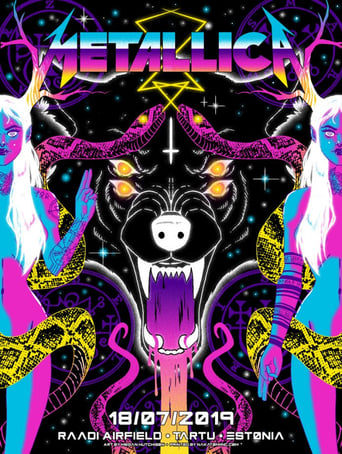

Returning to Estonia for the fourth time, Metallica gave a sold-out show to 60,000 at Raadi Airfield in Tartu. Part of its Worldwired Tour, the American band's only outdoor show in the Baltics took place at Raadi Airfield, located immediately behind the Estonian National Museum (ERM).
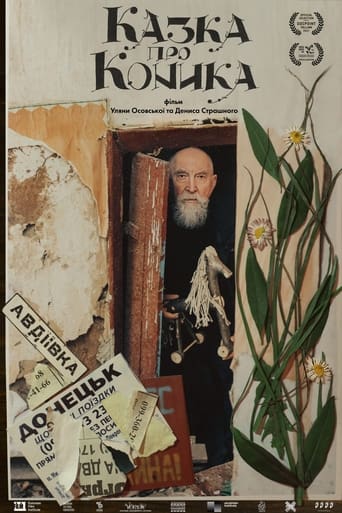
12 Feb 2021

In his own way, Anatoli Ljutuk is a legend of Tallinn's Old Town - a man from Western Ukraine who has built a unique world on Laboratory Street, the main core of which is the Ukrainian Cultural Center and Church. There, he engages in calligraphy, makes paper in a medieval way, carves traditional wooden toys in his workshop and makes books in the spirit of old monasteries. According to the oath taken a quarter of a century ago, he has promised to create something good every day. His daily commitment is challenged by the war that broke out in Ukraine, which Anatoly cannot passively ignore.
01 Jan 1989
Occupied Estonia on its way to freedom. Demonstrations, public discussions, a "singing revolution". Goal: more self-determination and autonomy. At a time when almost 50% of the population is Russian, Estonians are fighting to rediscover their nationality. There are protests against Russian paternalism, Estonian is to become the national language again. Relations between the peoples shall normalize in order to enable peaceful coexistence.
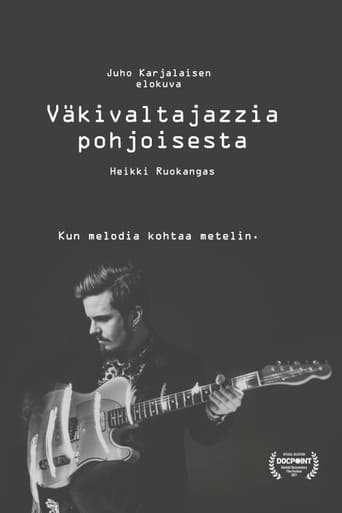
31 Dec 2020

Finland has long been the promised land for long hair and heavy rock music, however jazz has it’s own place here too! Then again maybe jazz is just the general name we give to music we can’t quite classify. And the original soundscapes brought forth by guitarist Heikki Ruokangas are just that; hard to classify. In Ruokangas’ creations, elements of jazz meld together with the strums and tweaks of modern classic guitars to create an aggressive medley of sound. The end result is a skillful and intense break from traditional guitar song.
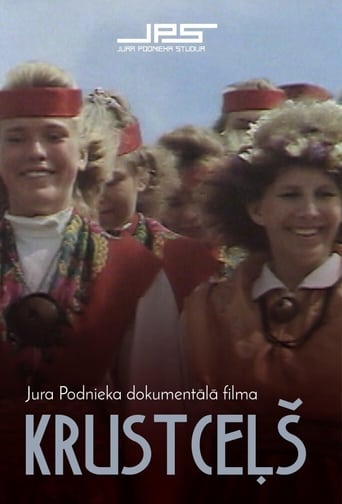
01 Apr 1990

The film is an emotional story about fateful historical events in the 20th century, which took place in three Baltic countries- Latvia, Lithuania and Estonia. The story is also about their efforts to gain independence.
05 Feb 1989
In the same vein as Meri's other documentations, this one takes advantage of the glasnost policy to discuss the social and ecologic impact of the Russian oil industry on the natives and the lands they inhabit.